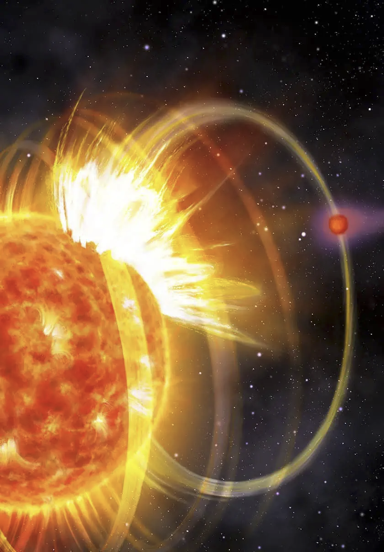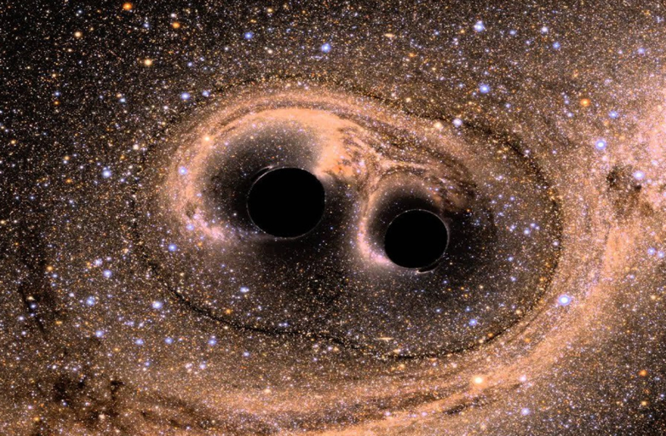|
MOSAIC will enable spectroscopic follow-up and population studies of a wide range of explosive and transient events, including:
-
Supernovae: Thermonuclear (Type Ia) and core-collapse (Type II) supernovae, probing stellar evolution, chemical enrichment, and cosmological parameters.
-
Kilonovae: Neutron star mergers, key to understanding heavy element (r-process) nucleosynthesis.
-
Gamma-Ray Bursts (GRBs): Redshifts, environments, and progenitor properties.
-
Tidal Disruption Events (TDEs): Stars torn apart by supermassive black holes, probing accretion physics and black hole demography
-
Fast Blue Optical Transients (FBOTs): Rare, fast-evolving phenomena with unclear origins, potentially linked to exotic stellar endpoints or TDEs by intermediate black holes.
-
Fast Radio Burst (FRB)’s host Galaxies: Redshifts, star-formation rates, metallicities, and stellar populations to probe the physical conditions at their burst sites.
|
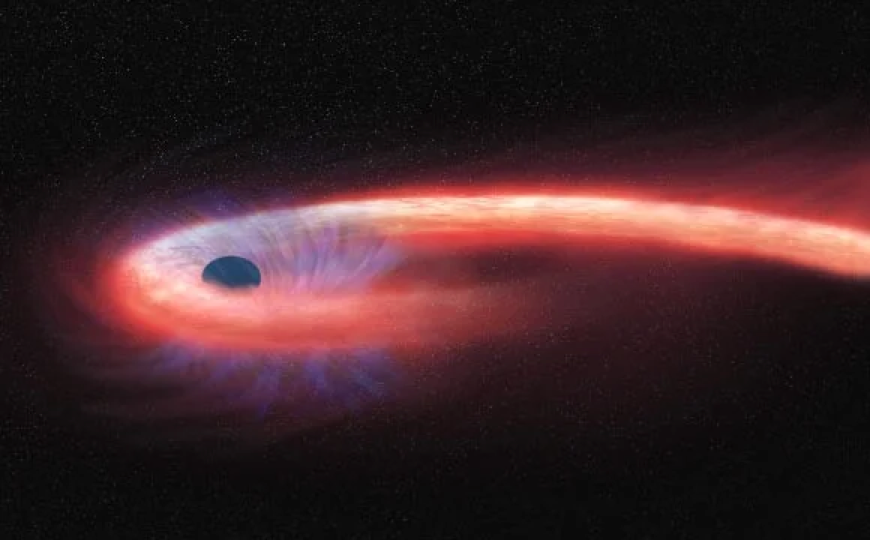
Artist's representation of a tidal disruption event (a star being torn apart by a black hole). Credit: NASA / CXC / M. Weiss. |
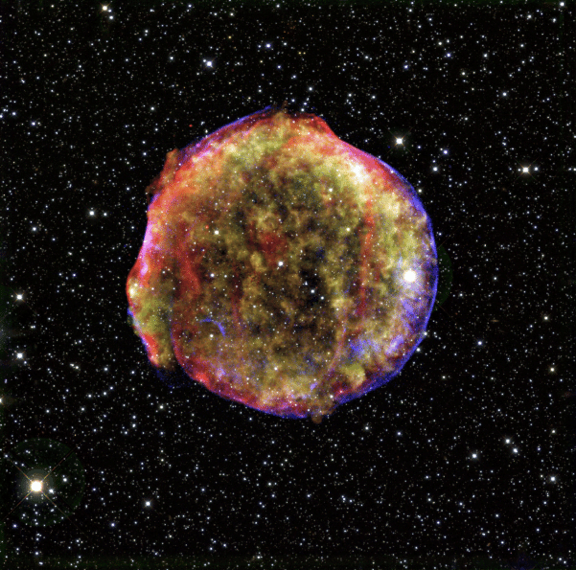 Observation of the supernova remnant Tycho (SN 1572). Credit : X-ray : NASA/CXC/SAO, Infrared: NASA/JPL-Caltech ; Optical: MPIA, Calar Alto, O.Krause et al. Observation of the supernova remnant Tycho (SN 1572). Credit : X-ray : NASA/CXC/SAO, Infrared: NASA/JPL-Caltech ; Optical: MPIA, Calar Alto, O.Krause et al. |
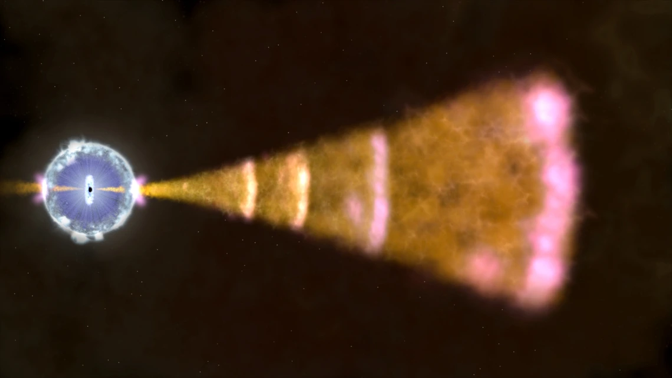 Illustration of the most common type of gamma-ray burst: The core of a massive star (left) has collapsed, forming a black hole that sends a jet into space at nearly the speed of light. Radiation, including gamma rays, X-rays, visible light and radio waves, arises from hot ionised gas near the newborn black hole, collisions among shells of fast-moving gas within the jet, and from the leading edge of the jet as it sweeps up and interacts with its surroundings. Credit: NASA's Goddard Space Flight Center. Illustration of the most common type of gamma-ray burst: The core of a massive star (left) has collapsed, forming a black hole that sends a jet into space at nearly the speed of light. Radiation, including gamma rays, X-rays, visible light and radio waves, arises from hot ionised gas near the newborn black hole, collisions among shells of fast-moving gas within the jet, and from the leading edge of the jet as it sweeps up and interacts with its surroundings. Credit: NASA's Goddard Space Flight Center. |
Examples of key questions
-
What are the progenitors of various types of transients?
-
How do the spectral features of gamma-ray burst (GRB) afterglows evolve, and what do they tell us about GRB and its surroundings?
-
What are the properties of the neutral gas in high-redshift galaxies probed by GRBs?
-
What are the spectral signatures of kilonovae, and do they confirm their role as major sites of heavy element nucleosynthesis (r-process)?
-
What are the mechanisms of accretion and ejection of matter during Tidal Disruption Events (TDEs)?
-
What are the properties of the host galaxies of fast radio bursts (FRBs)?
| |


 Observation of the supernova remnant Tycho (SN 1572). Credit : X-ray : NASA/CXC/SAO, Infrared: NASA/JPL-Caltech ; Optical: MPIA, Calar Alto, O.Krause et al.
Observation of the supernova remnant Tycho (SN 1572). Credit : X-ray : NASA/CXC/SAO, Infrared: NASA/JPL-Caltech ; Optical: MPIA, Calar Alto, O.Krause et al. Illustration of the most common type of gamma-ray burst: The core of a massive star (left) has collapsed, forming a black hole that sends a jet into space at nearly the speed of light. Radiation, including gamma rays, X-rays, visible light and radio waves, arises from hot ionised gas near the newborn black hole, collisions among shells of fast-moving gas within the jet, and from the leading edge of the jet as it sweeps up and interacts with its surroundings. Credit: NASA's Goddard Space Flight Center.
Illustration of the most common type of gamma-ray burst: The core of a massive star (left) has collapsed, forming a black hole that sends a jet into space at nearly the speed of light. Radiation, including gamma rays, X-rays, visible light and radio waves, arises from hot ionised gas near the newborn black hole, collisions among shells of fast-moving gas within the jet, and from the leading edge of the jet as it sweeps up and interacts with its surroundings. Credit: NASA's Goddard Space Flight Center.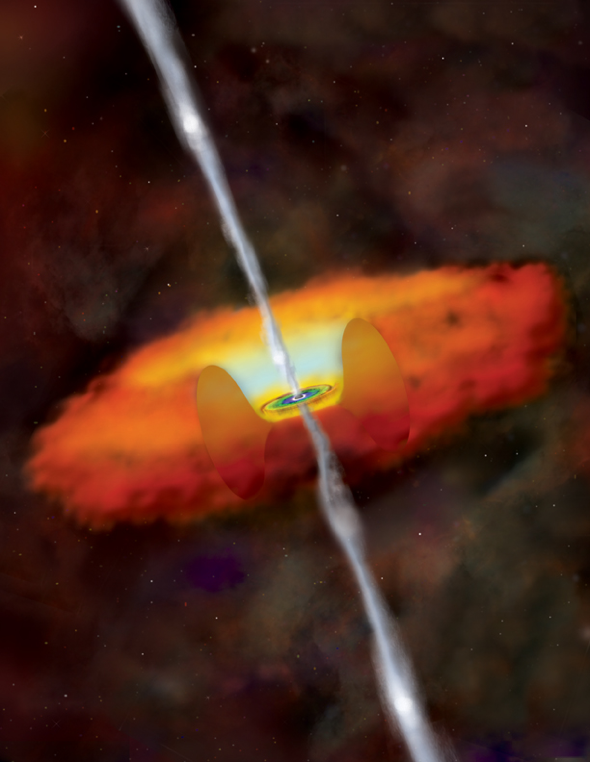
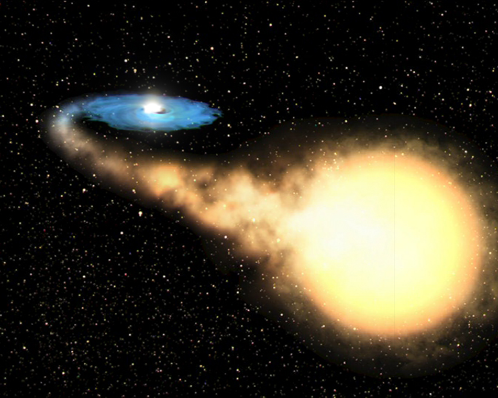 Artist’s impression of an X-ray binary. Credits: ESA, NASA, and Felix Mirabel.
Artist’s impression of an X-ray binary. Credits: ESA, NASA, and Felix Mirabel.